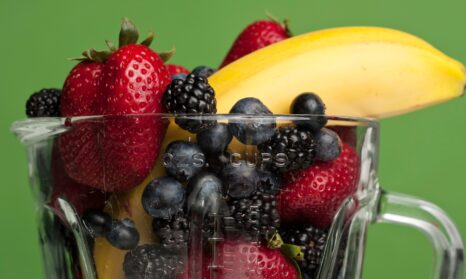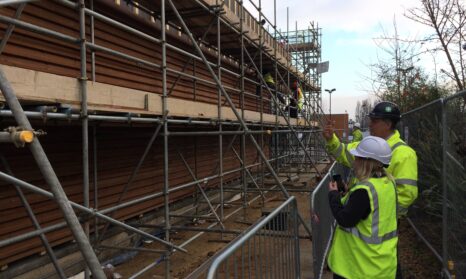How we helped Mitchells & Butlers improve its carbon footprint monitoring
The challenge: calculating scope 3 emissions to identify carbon ‘hotspots’
Mitchells & Butlers (MAB) set itself a target of reducing by 25% its greenhouse gas emissions per meal by 2030. Being able to measure progress against these targets means finding out where it was starting from – in other words, analysing the company’s baseline carbon footprint.
MAB had already been measuring its scope 1 and 2 greenhouse gas emissions for many years. But ‘scope 3’ – indirect emissions – although harder to measure, are often where the biggest carbon impacts lie.
So in 2019, the chain approached us to carry out an analysis of the carbon footprint of its scope 3 emissions (with the exception of food production, which it had already commissioned the World Resources Institute to look at and subsequently committed to the Cool Food Pledge initiative).
The aim was to help MAB identify ‘hotspots’ or areas of high carbon impact, as well as highlight any gaps in data, so the company could prioritise its carbon reduction efforts and improve its carbon footprint monitoring.
Calculating scope 3 emissions is a challenge but essential for any business serious about reducing its footprint. Bioregional’s data-driven, yet people-focused approach meant the process was made simpler for us. We’re now better equipped to monitor our footprint, as well as understand what we need to change to have the biggest impact.
Amy DeMarsac, Head of Investor Relations and Sustainability at Mitchells & Butlers
How we helped: improving data collection and analysing the results
Our task was to look strategically at the activities relating to MAB’s scope 3 emissions. Scope 3 emissions are broken down into 15 categories of business activity, ranging from purchased goods and services, to generated waste and employee commuting.
The first job was to make sure the MAB team understood what kind of data we were asking for, and how we were going to use it. Once they had a clear understanding of the plan, we provided them with a template to allow them to easily input data. We also created an employee commuting survey to send to their staff.
This sounds straightforward, but with any company there are often hundreds of lines of data to collect, double check, estimate, sense-check assumptions about, and attempts to plug gaps.
What we found was that beyond food, customer travel accounted for the greatest amount of total scope 3 emissions – 37% – followed by the purchase of drinks –14% of scope 3 emissions.
The impact: accurate information that can inform next steps
Having accurate information on where its greatest impacts lie means MAB will now be able to concentrate on the emission categories where it has the most impact, and therefore the greatest potential for reductions. For example, engaging with suppliers to explore product sourcing choices and potential alternatives, as well as looking into production methods.
Photo credit: MAB








